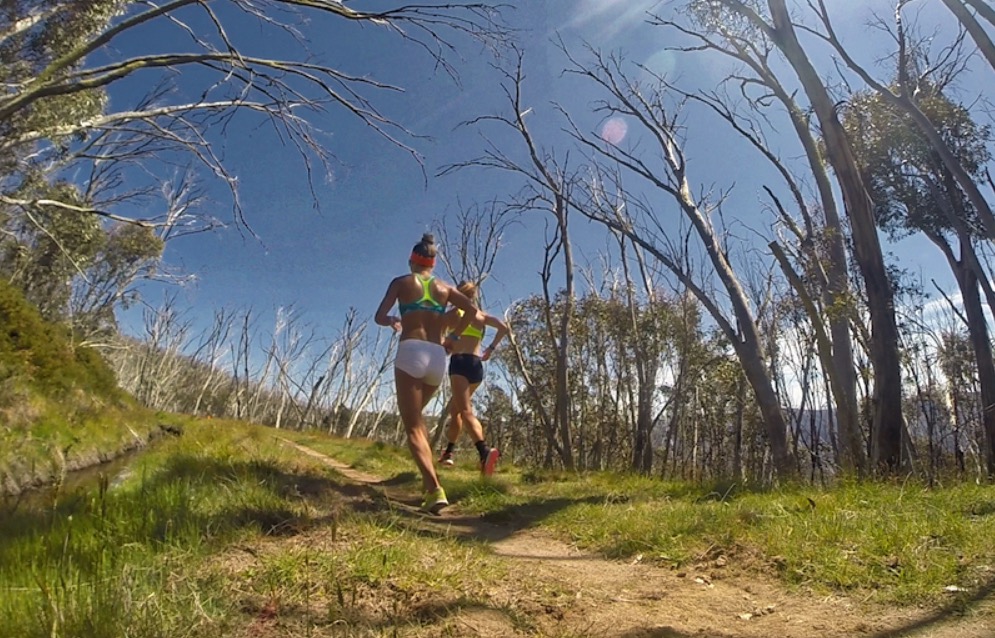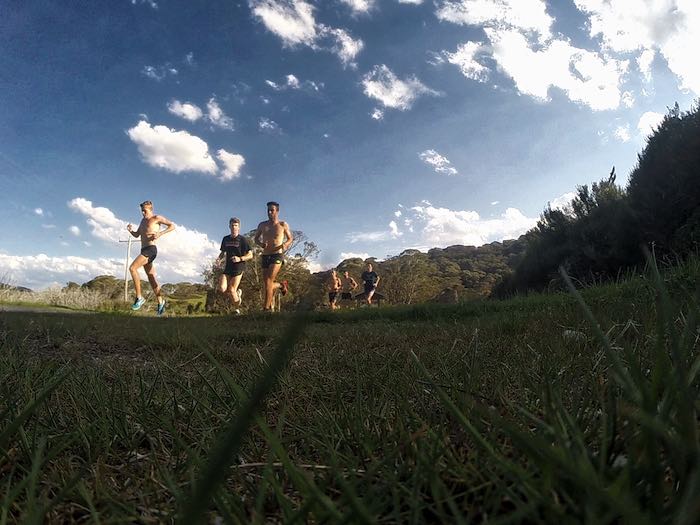What type of running has the best benefits in combat sports
Combat is nonstop in its ferocity, and one misstep might lead to defeat. Skill training is crucial, but you’re useless if you don’t have the power and conditioning to put your skills to use. While exercising for power, explosiveness, strength, speed, agility, and muscular endurance, the ultimate goal is to achieve peak total physical condition. Just as there are different fighting styles, there are various training regimes. Today, we will focus on the running element of that regime and see what different types combat athletes use and how they are beneficial.
If you’re a sportsperson, you understand the importance of remaining in shape for your general health. Whatever sport you participate in, you almost certainly have a customized training plan that helps you gain muscle and improve performance. Unfortunately, many sports regimens have a flaw in that they don’t prioritize cardio or aerobic exercise. Running and other aerobics should be a part of your training program no matter what you perform as an athlete.
Cardiovascular training prepares your entire body to maintain a higher level of energy production, whereas strength training prepares your muscles for the activities your sport requires. Regardless of the type of combat, strength without endurance is relatively meaningless. You may prepare your body to sustain the amount of strength it needs for a more extended period by including cardio, such as running, into your training regimen. Here are some running programs that combat stars are known to follow.
The Basic Run
I’m starting with the easy run because it’s generally the workout that gets overlooked. However, it is one of the most important. Running at a slow speed improves endurance, encourages perfect form, establishes a pattern and base mileage, and makes recovery easier. This should be your most common run, accounting for 65-80% of your total mileage. The easy run is an aerobic activity that keeps you in zones 1 and 2 of your heart rate.
Progression Run
One of my favorite workouts is a progression session, frequent in marathon training schedules. The concept is simple; start slowly and finish quickly. You’ll gradually raise your pace throughout your workout by starting easy and ending hard. This gradual increase in speed provides a full exercise that engages both your aerobic and anaerobic systems without overtaxing your body or necessitating the same recovery time as a standard speed workout.
Interval Run
Interval training comes to mind when you think of the ultimate speed workout. A predetermined distance is repeated a predetermined number of times at a predetermined speed. In most cases, there is a short rest interval in between. The distance between intervals might range from 100 meters to a mile or more. The majority of marathon training plans concentrate on 400 meters or longer distances, although the specifics are up to the workout designer. Your most excruciating runs will most likely be interval training, which will have you bent over and gasping for air.
Long Run
Your long run is, without a doubt, the most significant run you’ll ever do. It’s your chance to improve your endurance and learn how to emotionally and physically handle higher mileage. But, for the most part, that’s where it ends for the majority of people. Long runs are merely an opportunity for them to go long, not quickly. Long runs planned strategically throughout your training are an excellent way to work on late-race speed, simulate the final push on race day, and toughen your mentality to push through exhaustion. In addition, you may give your long runs more structure and reward by including a workout component.
 Recovery Run
Recovery Run
A recovery run is a brief, low-intensity run. Recovery runs allow runners to extend their training without compromising performance in the tougher, more important exercises that occur before and after them. Recovery runs are best done as the next run after strenuous training, such as an interval run. Even if you’re still exhausted from your previous run, take your recovery runs as slowly as you need to feel comfortable.






























